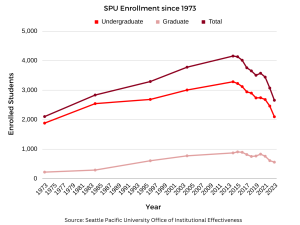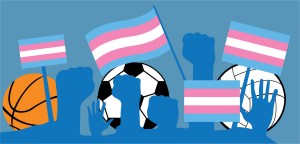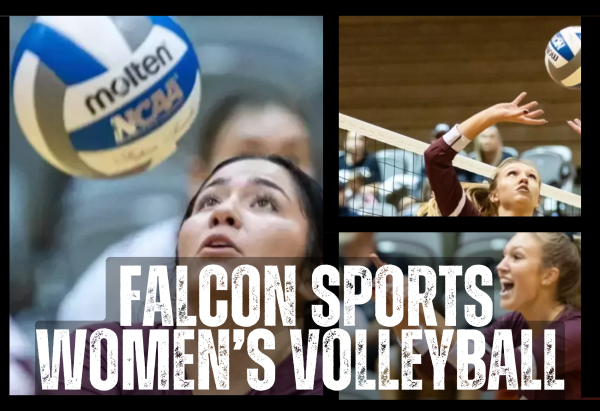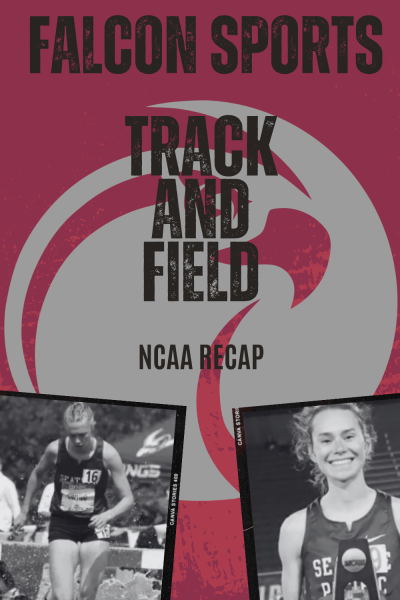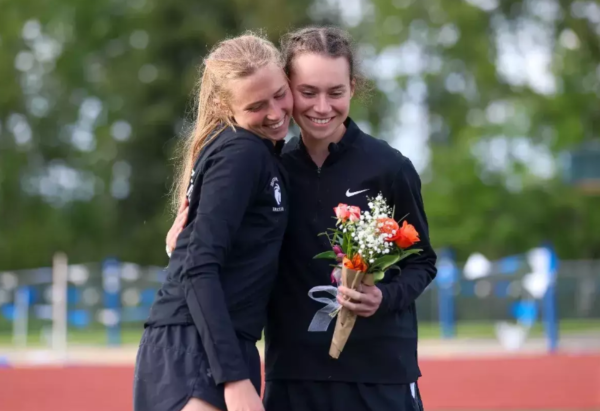Medical science courses adapt to global health crisis
SPU nursing program takes on challenges faced amid COVID-19
October 21, 2020

As COVID-19 continues to sweep across the nation, the SPU Nursing program is quickly adapting to the new reality. While many students try to manage fully online courses, the nursing department is coping with the task of doing in-person clinicals within hospitals.
Fourth year student Sophia Navarro, who is in her last quarter before graduating, discussed the impact of COVID-19 on her experience in the nursing program.
“COVID-19 has highlighted nursing as there has been more acknowledgement of the profession and it makes me proud to become a nurse,” said Navarro. “There is never going to be a time when people are not sick, so it highlights the importance and the value that nursing brings to the healthcare field.”
Navarro described the obstacles within the nursing program during the pandemic, such as virtual simulations, nonverbal communication, and the lack of person to person interactions.
“The nursing profession is very resourceful. Having the ability and the technology to do virtual simulation, in a sense allows us to practice the skeleton framework of the nursing process. The only downside is that it does take away the experience of having that person to person interaction that is very valuable when you do become a nurse,” said Navarro.
Navarro explained the difficulty in adapting nonverbal communication, which is critical in dealing with patients, to the new realities presented by COVID-19. Nurses are required to wear a lot more personal protective equipment (PPE) during the pandemic, which can block most of the face.
“In our books for nursing, it states that 93 percent of communication is nonverbal. Seven percent is the words that we speak. With PPE, this is a barrier as you need to be more expressive with your eyes and eyebrows,” said Navarro. “You need to pay more attention to the ways you communicate with all of the PPE on. It has been a discussion in class. There has been a hyper-awareness about how to communicate nonverbally.”
First year student Natalie Roy, discussed the way COVID-19 has impacted her perspective on the nursing profession. The dire scenes of hospitals battling the pandemic have moved her.
“At the beginning of COVID-19, I thought people were overreacting. When I started to hear about the hospitals and the stress that was placed on the medical staff and the nurses on the front lines, my views quickly shifted. I started wearing a mask and social distancing right after that,” said Roy.

Dr. Erla Champ-Gibson, an associate professor of nursing at SPU, explained that much of what the nurses do in labs is hands-on learning, requiring instructors to show hand placements by placing the students’ hands in the right positions. During the spring quarter in the midst of COVID-19, this was something that was not possible.
“All of our classrooms are virtual. We don’t meet in the classroom and we do remote learning for anything that’s not lab or technical,” said Dr. Champ-Gibson. “We followed the state guidelines that were given to us on having a certain number of people in the same space, social distancing, and the protective equipment. We had to restructure our lab setup and decrease the number of students in the lab at the same time.”
The nursing department had a virtual simulation in spring quarter in lieu of clinical training. This fall, nursing students resumed their on-site clinical training.
“Fortunately, we had the technology to have a virtual simulation that mimicked the patient-care activity. What they would work on is that thinking process, what do they look for, what do they assess for, and it was a great learning environment for making mistakes and not harming anybody,” said Champ-Gibson.

Dr. Champ-Gibson explained that students were harshly affected by a shortage in PPE, which was concurrent with a nationwide shortage in hospitals.
“In the spring, our students were not able to be in the clinical setting. It wasn’t because they weren’t capable of being there, but it was because there was a shortage of PPE … In all my years of practice, that has never been an issue,” said Dr. Champ-Gibson.
Elise Arkills, a first year, who aspires to be an emergency room nurse, discussed how COVID-19 has impacted her view of nursing.
“It has made me think more about the field of nursing. I think it will be very different with the new rules and restrictions with COVID-19, and I think interaction with patients has been much more cautious,” said Arkills.
Dr. Champ-Gibson explained that along with the stress of being in clinicals, nursing students still have the normal stressors of students who are learning remotely.
“They are not just dealing with getting their education, but many have families with children who are now doing their school at home and other family members. There is competition for access to a limited number of computers in the household to use, access to the internet is also a challenge, especially if multiple people are using the internet, it can affect reception. Times assignments are due also affect students’ abilities to submit assignments on time due to family needs. These are added stressors,” said Dr. Champ-Gibson.


















































































